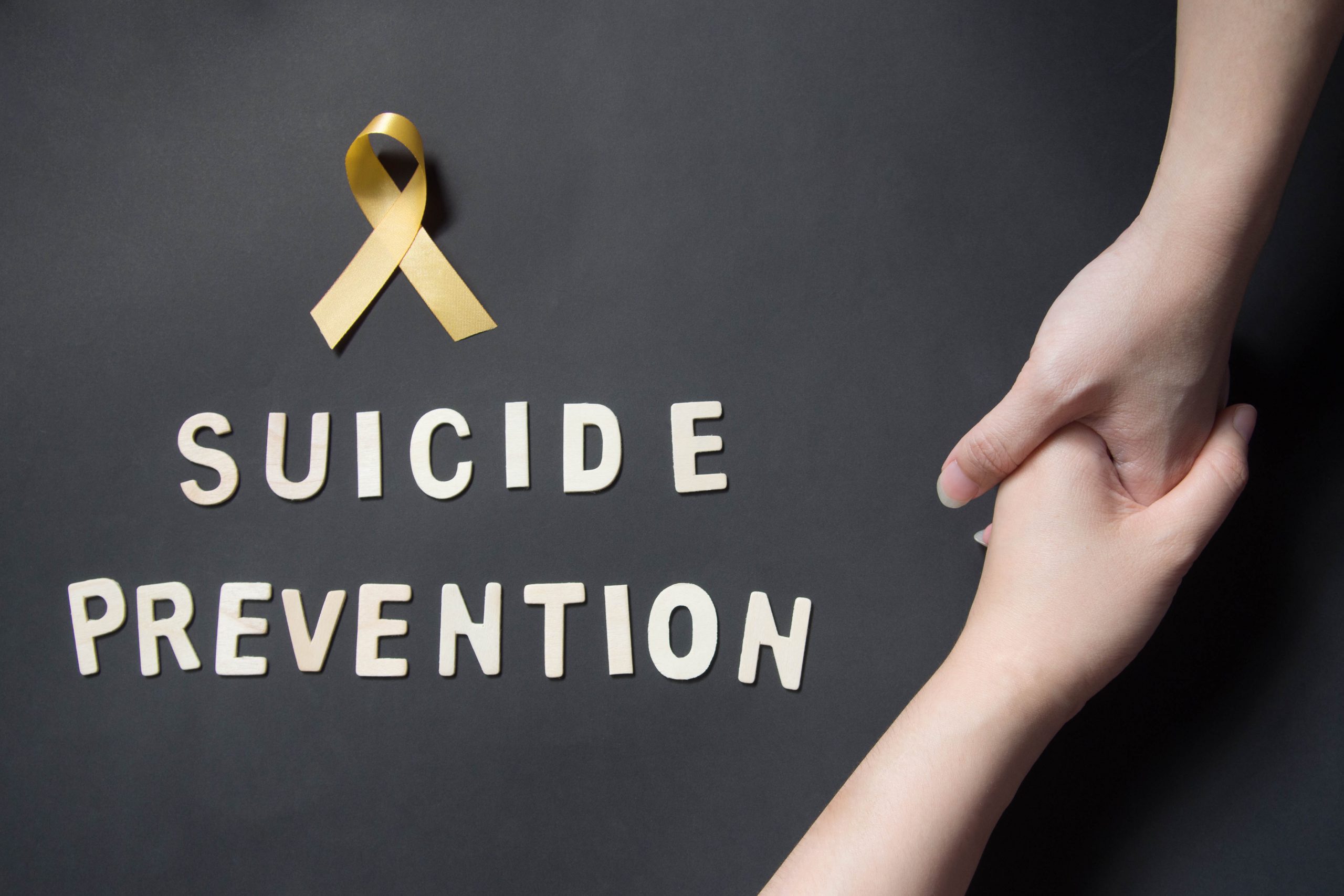In today’s fast-paced and interconnected world, mental health has emerged as a crucial topic that demands our attention. Among the many challenges we face, preventing suicide stands as an urgent priority. Every life is valuable, and by working together, we can foster an environment of support and hope that helps individuals overcome their darkest moments. In this piece, we will explore practical strategies and resources to prevent suicide, support those in need, and promote mental well-being in our communities.
1. Destigmatising Mental Health:
One of the first steps in preventing suicide is to challenge the stigma surrounding mental health. By fostering open conversations, we can create safe spaces where individuals feel comfortable seeking help without fear of judgment or discrimination. Sharing personal stories and experiences can contribute to reducing stigma and increasing awareness about mental health issues.
2. Recognising Warning Signs:
Educating ourselves about the warning signs of suicide is crucial for early intervention. Some common indicators may include withdrawal from social activities, extreme mood swings, expressions of hopelessness or worthlessness, or giving away possessions. Being attentive to these signs and taking them seriously can help save lives.
3. Effective Communication:
Creating an environment where open and non-judgmental communication is encouraged is essential. By actively listening, showing empathy, and validating emotions, we can let individuals know they are not alone and that their feelings are valid. Encouraging them to seek professional help or talking to a trusted person in their lives can be immensely beneficial.
4. Promoting Mental Health Education:
Preventing suicide starts with providing comprehensive mental health education at all levels, including schools, workplaces, and communities. Educating individuals about stress management techniques, coping strategies, and self-care practices can build resilience and empower people to navigate life’s challenges effectively.
5. Accessible Resources and Support:
Ensuring easy access to mental health resources and support services is vital. Governments, organisations, and communities should collaborate to establish helplines, counselling centres, and support groups that are readily available to those in need. Technology can also play a significant role, with online platforms such as Good Mental Health offering therapy, crisis intervention, and mental health information.
6. Building Resilient Communities:
Preventing suicide is a collective effort. We can foster resilient communities by promoting social connectedness, encouraging volunteer work, and organising mental health awareness campaigns. Together, we can create a support network that embraces and uplifts individuals facing emotional distress.
7. Self-Care and Well-being:
Lastly, we must prioritise self-care and well-being in our own lives. By practicing self-care techniques like regular exercise, mindfulness, maintaining healthy relationships, and seeking professional help when needed, we can lead by example and inspire others to do the same.
Ultimately preventing suicide requires a multifaceted approach that involves addressing the stigma surrounding mental health, promoting education and awareness, and fostering supportive communities. By taking pro-active steps and offering compassion and understanding, we can make a significant impact in preventing suicide and promoting mental well-being. Together, let’s create a world where hope prevails, and every person feels valued and supported.
